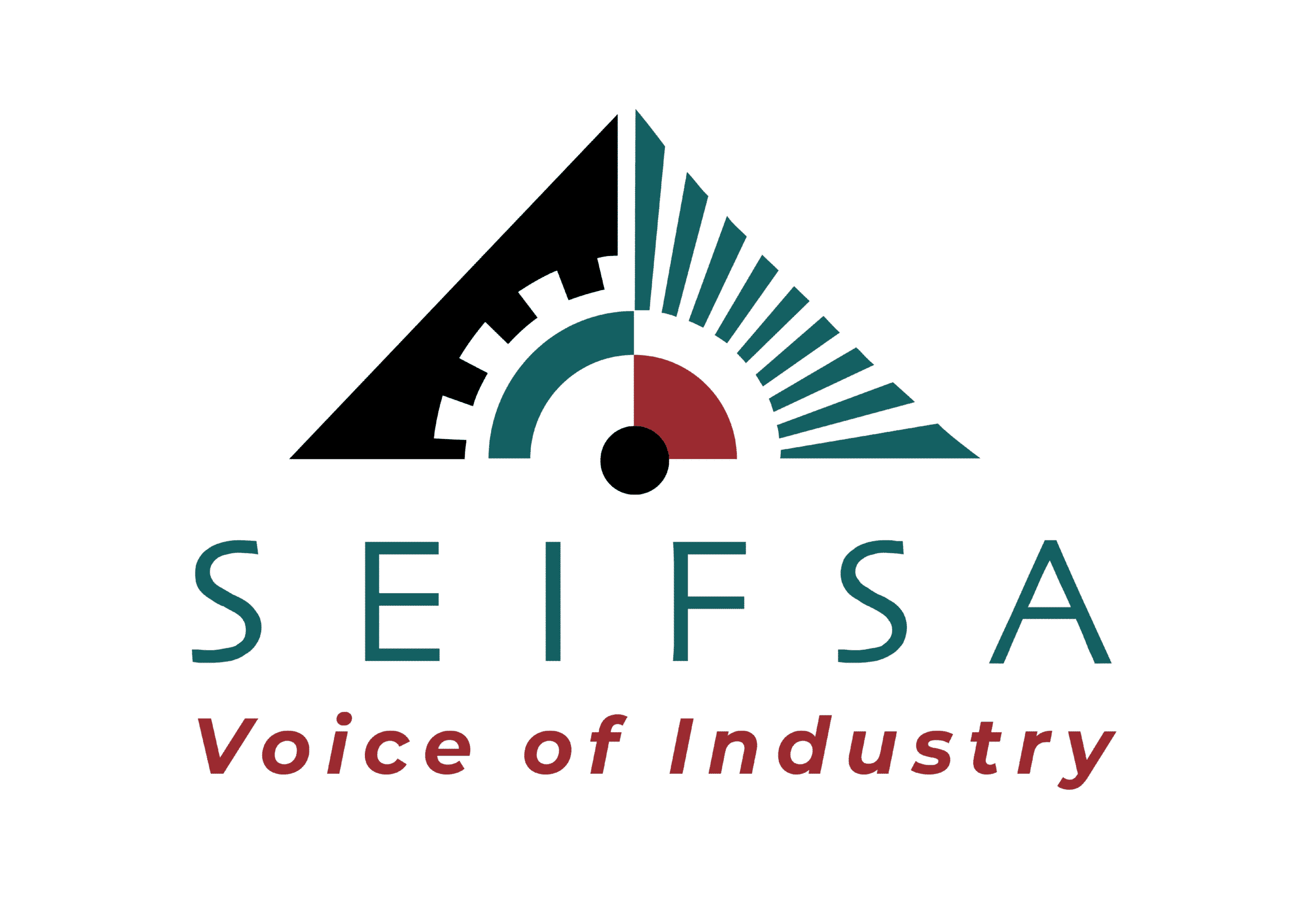Incendiary rhetoric related to main agreement negotiations has been a recurrent issue post 2010 and as this year’s negotiations approach, expect more of it.
In an economy hit by double-digit contraction, battered by an unprecedented and alarming jobless rate and languishing in sub-optimal economic growth, what should the key stakeholders – organized business and labour – be doing to lift SA and this sector out of this mess? Are stakeholders capable of reaching common cause in order to turn things around or as we have come to expect, will employers and labour simply not be able to find one another where it matters most – at the negotiating table. Who would have imagined almost three decades into our democracy we still need to resort to strikes and lock-outs to resolve our differences? Collective bargaining in its crudest form is almost always about power and ideology and stubborn leaders convinced that they are right.
Our disillusionment with the system, the country and the future is a normal response and should be acknowledged. But once that’s done it does not help to dwell on the negatives. This should not be taken as naive optimism, just a realistic acceptance that things are indeed tough at the moment, but we will get through. Never waste a good crisis, they say. This industry has certainly been, and is still in the midst of a number of crises. Surely, opportunity must abound? Indeed, but in the collective barraging space, where business and labour are on opposite sides as adversaries, who has the courage to take the first step towards the middle? In any negotiation, presuming both parties are equally skilled, common interest plays a role in shaping the deal. Where common purpose cannot be found because of a perceived lack of mutual respect the deal will almost inevitably unravel.
In the metals and engineering industries the collective bargaining model has proven to be remarkably resilient. Undoubtedly it has come under sever scrutiny and strain over the last couple of years but it has survived and some would even suggest thrived. Resilience grows from taking constructive steps and building a common purpose. Without common purpose, crafting solutions to entrenched differences will remain elusive. It’s time for all role players to stand up and be counted. Notwithstanding our diverse ideologies as between business and labour and amongst business groupings, finding a way forward in tolerance and mutual respect is now, more than ever, desperately needed.
Insofar as this year’s round of negotiations is concerned, we know things will not be easy and the challenges facing us are many. South Africa’s economic outlook doesn’t look good and there is little business confidence. The notion of job retention and/ or job creation on the back of an alarming high unemployment rate fuelled by ongoing retrenchments and business closures, has become elusive.
Persistent load-shedding, the worst in more than a decade, shows no signs of ending. Spiking unemployment, widespread business failures and huge job losses point to negotiations this year taking place against a difficult economic landscape. It would be fair to say that only if labour and business find a way of working together do we stand a chance of turning things around. It’s also fair to say that the relationship between supporters and detractors of gazetted agreements remain strained. Litigation continuous and in all likelihood may well continue into the future.
Trust amongst all stakeholders must be rebuilt and the national discourse must find a way of transcending beyond purely wages and terms and conditions of employment. Once negotiations over wages and conditions of employment have been settled, the focus must urgently shift to more important priority interventions, where labour and business collectively can play a part in tackling the deep underlying failures preventing meaningful growth in SA and our sector.
- a long-term agreement;
- wages;
- gazettal and extension; and
- exemptions incorporating special phase-in dispensation.

